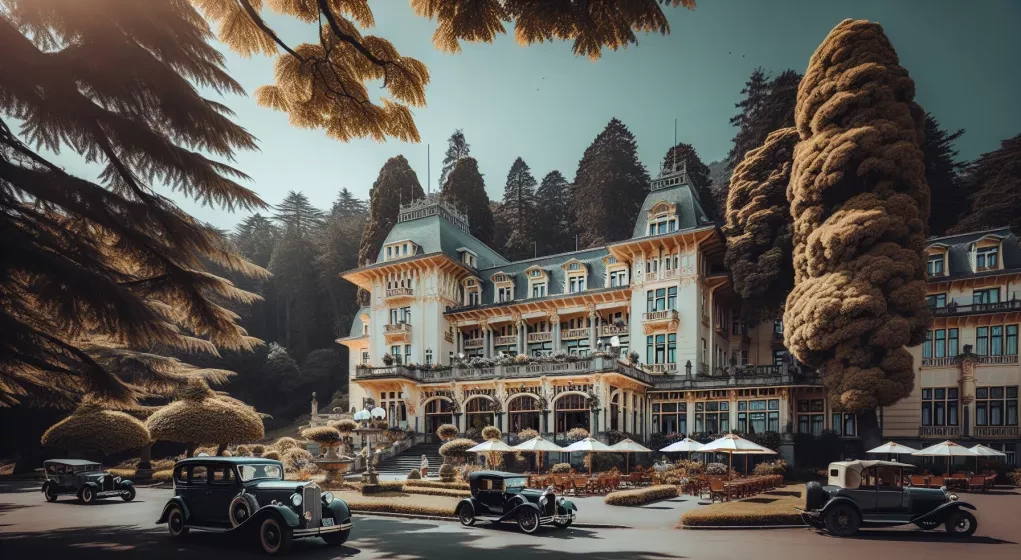On a night steeped in glamour and nostalgia, the venerable Boulder Dam Hotel marked nine decades since it first opened its doors to a world on the cusp of enormous change. The 90th anniversary gala was a spectacle of vintage charm, as attendees donned attire celebrating the 1930s, an era when this Colonial-style jewel in Boulder City, nestled 30 miles southeast of the shimmering Las Vegas Strip by the iconic Hoover Dam, reigned as an oasis of elegance and intrigue.
From its inaugural year in 1933, the Boulder Dam Hotel garnered a reputation as a haven for the era’s glitterati. The resplendent Bette Davis took her reprieve within its walls in 1934, fresh from the set of *Of Human Bondage*. Will Rogers etched his name into the guestbook the following year, in town for a stint on the stage of the Boulder Theatre. A newlywed Mr. and Mrs. Cornelius Vanderbilt IV chose it as a romantic getaway, and even Shirley Temple graced its rooms in 1938 on a cross-country journey with her family. Later, in the throes of wartime, the hotel became a sanctuary where Howard Hughes sought solace and recovery from a plane crash in 1943.
Beyond its role as celebrity haunt, the hotel’s narrative is intertwined with one of Nevada’s most beguiling mysteries – the tragic demise of its proprietor, Raymond Spilsbury. His untimely death reverberated through the corridors of the establishment, igniting whispers of scandal and nefarious deeds.
Raymond, bearing the ambition to elevate the Boulder Dam Hotel to new heights alongside his brother Chauncey, found his dreams submerged in the murky depths of the Colorado River under inexplicable circumstances. On what began as an innocuous fishing trip in January of 1945 turned into a labyrinthine saga of loss and suspicion. His lifeless form, discovered weeks later by fishermen, was bound in an implausible pose, ankles shackled by his own belt, pockets laden with stones, a tableau so bizarre that it beckoned questions rather than providing closure.
The coroner’s verdict of suicide contradicted the visceral certainty of his widow, Vona, and other historians who found the conclusion woefully inadequate given the compelling clues suggesting otherwise. The tangled intricacies of Spilsbury’s partnerships in the hotel and boating operations and the resultant financial tumult provided fodder for alternative theories. The eventual reclamation of the Boulder Dam Hotel as Spilsbury’s by dissolving his business alliance with Webb only thickened the plot.
Ironically, the hands that retrieved Spilsbury from the river belonged to the very same Murl Emery, a man whose financial fortunes were once bound with the deceased and whose potential foreknowledge of Spilsbury’s whereabouts hints at dark undercurrents. The Emery family’s entanglement with the Boulder Dam Hotel was further solidified in their simultaneous loss and gain from their ventures with Spilsbury and the hotel. Murl himself sat on the coroner’s jury, an absurdity not lost on those who scrutinize the inscrutable narrative.
Despite the lingering shadow of the unsolved enigma surrounding Raymond’s death, the Boulder Dam Hotel endures as a monument to the opulence of yesteryear and the immortal tales that nestle within its walls. As it stands today – a historic haunt housing both refined fabrics of the past and the exhibits of a museum – the hotel whispers the secrets of the famous and the infamous alike, an ever-watchful sentinel by the Hoover Dam, unfazed by the relentless march of time.






